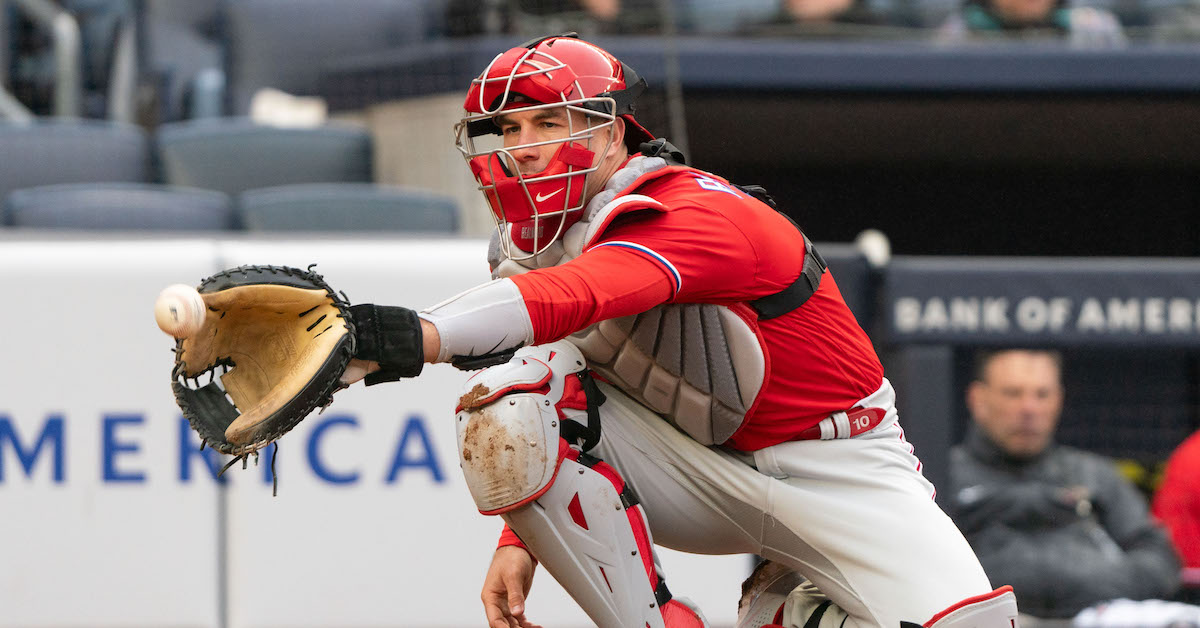Alexis Díaz Has a Unicorn Fastball

It’s not crazy to see someone make the jump from a great reliever to an elite reliever. Every year, there are a handful of stellar relief seasons that we simply just did not see coming. I was a fan of Alexis Díaz after his stellar 2022 debut (1.84 ERA, 3.32 FIP, 32.5 K%), but I did not expect him to be this dominant, as he’s taken big steps forward in more or less every stat. What’s behind it?
When it comes to pitching development, it’s important to be unique; you don’t want to look like or throw like anybody else. If you’re going to be elite, you must find what makes you special and lean into it. For Díaz, his outlier skill is his ability to release the ball closer to the plate than anybody in the world from an unorthodox angle. He doesn’t have overwhelming velocity, yet his four-seamer is one of the best in the game, and the extension is a huge reason for it. It’s as if the ball is being shot at you from a little league distance by a softball pitching machine.
Here’s how Díaz’s release point compares to other pitchers with comparable extension:
| Pitcher | Ext. | V-Rel Pt. | H-Rel Pt. | VAA | Spin Axis |
|---|---|---|---|---|---|
| Alexis Díaz | 7.7 | 4.6 | -2.3 | -3.5 | 1:40 |
| Devin Williams | 7.7 | 5.5 | -1.8 | -4.4 | 1:12 |
| Logan Gilbert | 7.6 | 6.2 | -1.2 | -4.8 | 12:42 |
| Tyler Glasnow | 7.6 | 6.0 | -1.7 | -4.9 | 12:27 |
| Jordan Romano | 7.6 | 5.9 | -2.6 | -4.4 | 12:49 |
Focusing first on release point, you’ll see that none of the other four pitchers in this small cohort gets their arm as low as the Reds closer. Combine this with top-tier extension and consistently being up in the zone, and you have the explanation for how Díaz’s Vertical Approach Angle (VAA) is so flat compared to those on this list. Horizontally speaking, only Jordan Romano is as far toward the third baseline, but Díaz’s low slot arm angle is very different for hitters compared to Romano’s. In terms of spin axis, only Devin Williams is somewhat close to Díaz. The other three pitchers are more over the top. From a pitch design perspective, that would be ideal for building the perfect four-seamer, but as you can see, being different is exactly how Díaz has been successful. Read the rest of this entry »








